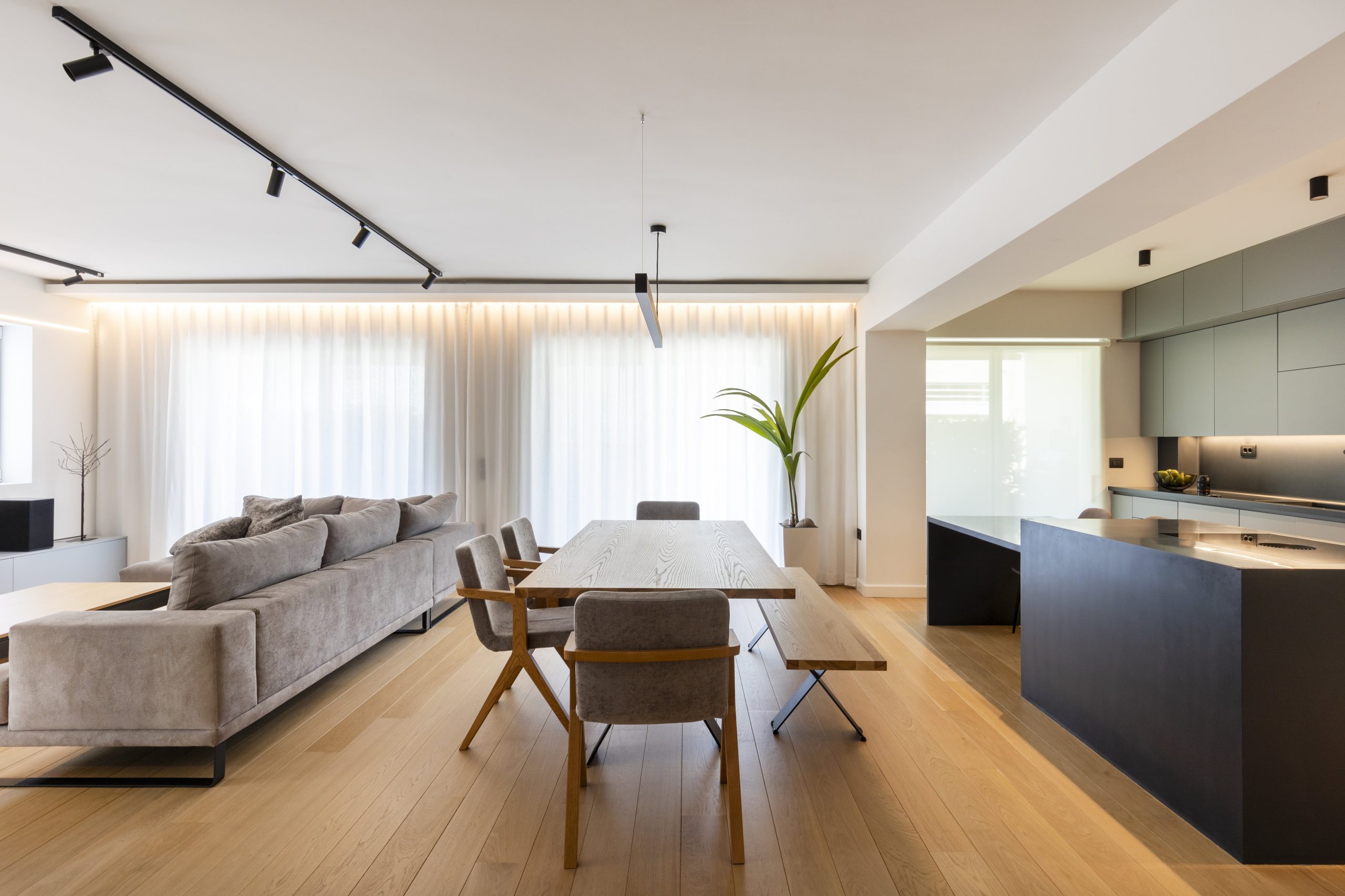The project emerged from the clients’ urgent need to adapt their home to accommodate their growing children without relocating. Initially a two-bedroom flat with excess unused space in the living area, the apartment felt both too open and too limiting. The architectural intervention was conceived to work within the constraints of the existing footprint while reprogramming the layout to provide a third bedroom, introduce spatial clarity, and better reflect the family’s daily rhythms. Through thoughtful design gestures—spatial “nests,” a multifunctional kitchen island, and visually connected zones—the project succeeded in transforming the apartment into a cohesive, livable, and future-oriented space. The clients report a dramatic improvement in how the home supports both individual needs and collective family life, while the project serves as a model for other families in similar aging urban buildings seeking smart, low-cost transformations.

